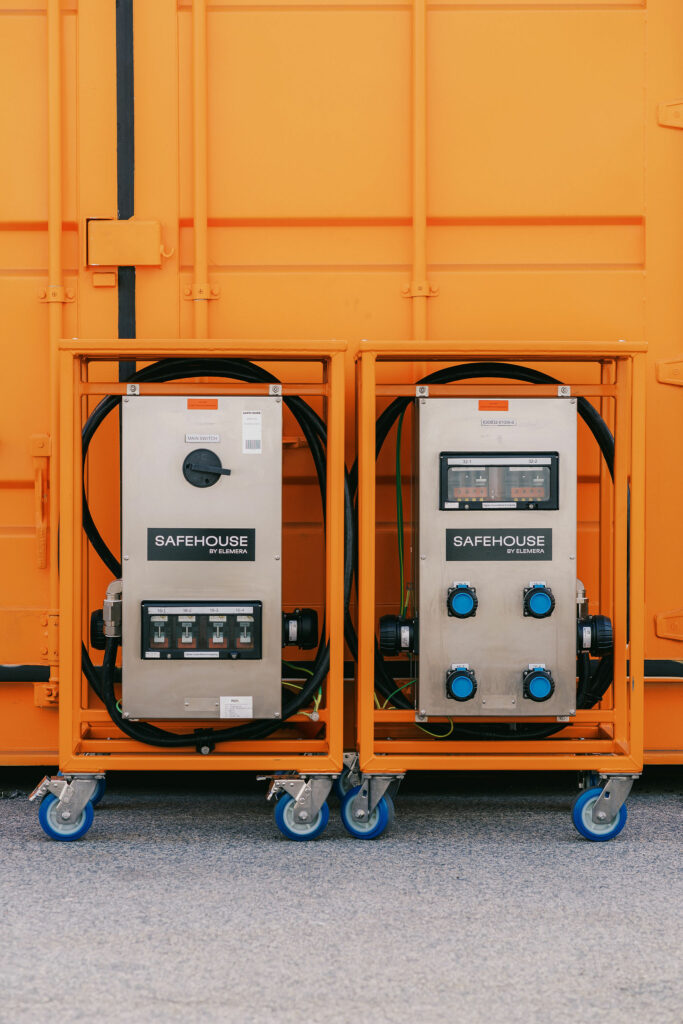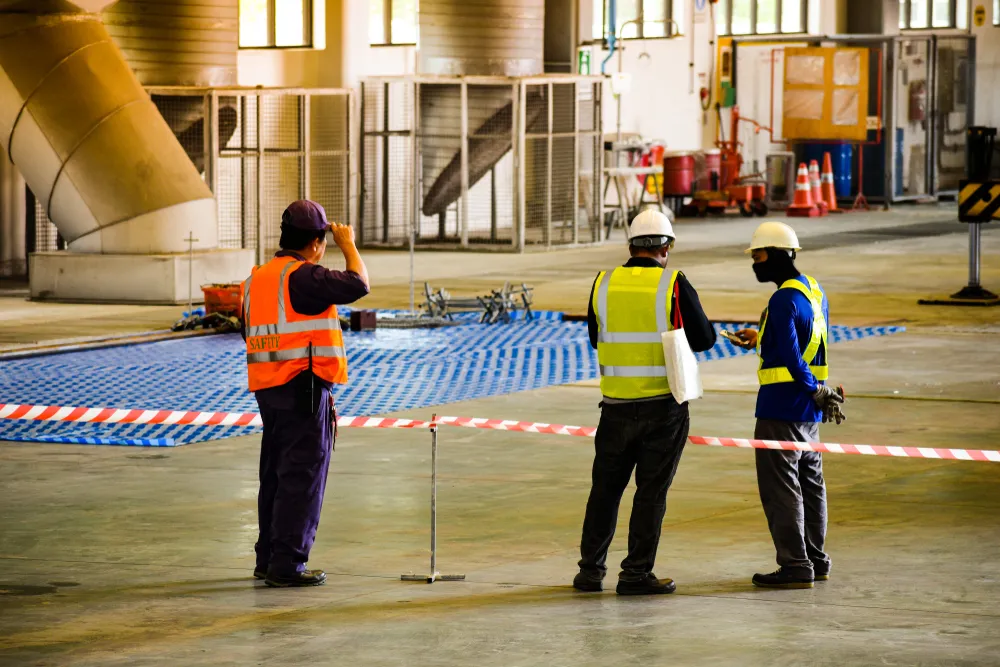The Ultimate Guide To Roar Solutions
Wiki Article
Everything about Roar Solutions
Table of ContentsThe Single Strategy To Use For Roar SolutionsSome Known Factual Statements About Roar Solutions The Buzz on Roar Solutions
In such an environment a fire or surge is feasible when 3 standard problems are satisfied. This is usually referred to as the "dangerous area" or "burning" triangle. In order to secure setups from a possible surge a technique of analysing and classifying a possibly harmful area is called for. The purpose of this is to guarantee the proper selection and installation of devices to ultimately prevent a surge and to guarantee safety of life.
(https://www.video-bookmark.com/bookmark/6634779/roar-solutions/)
No equipment should be installed where the surface temperature level of the equipment is more than the ignition temperature level of the given hazard. Below are some common dirt dangerous and their minimum ignition temperature. Coal Dust 380C 225C Polythene 420C (thaws) Methyl Cellulose 420C 320C Starch 460C 435C Flour 490C 340C Sugar 490C 460C Grain Dirt 510C 300C Phenolic Material 530C > 450C Aluminium 590C > 450C PVC 700C > 450C Residue 810C 570C The likelihood of the threat existing in a concentration high adequate to create an ignition will vary from area to location.
Unsafe area electrical devices perhaps created for usage in greater ambient temperature levels. Area Fixing By Authorised Worker: Challenging screening may not be called for however details treatments may require to be adhered to in order for the devices to maintain its 3rd celebration ranking. Each item of tools with a hazardous rating should be reviewed separately.
Roar Solutions Fundamentals Explained
The devices register is a detailed database of devices records that consists of a minimum collection of areas to identify each thing's location, technological parameters, Ex classification, age, and ecological data. This info is critical for monitoring and handling the tools efficiently within harmful areas. In comparison, for routine or RBI sampling examinations, the grade will be a mix of In-depth and Close evaluations. The proportion of Detailed to Close examinations will be figured out by the Equipment Threat, which is examined based upon ignition threat (the possibility of a resource of ignition versus the chance of a combustible atmosphere )and the harmful location classification( Area 0, 1, or 2). This variant will additionally influence the resourcing requirements for work preparation. When Whole lots are specified, you can establish tasting plans based upon the example dimension of each Whole lot, which refers to the number of arbitrary devices items to be checked. To identify the required example dimension, 2 elements require to be evaluated: the size of the Whole lot and the group of assessment, which shows the degree of effort that should be applied( decreased, typical, or enhanced )to the evaluation of the Whole lot. By incorporating the group of examination with the Lot size, you can then develop the appropriate rejection criteria for an example, indicating the allowable number of faulty items located within that example. For more details on this procedure, please describe the Energy Institute Guidelines. The IEC 60079 common suggests that the optimum period between examinations must not go beyond three years. EEHA inspections will certainly additionally be carried out outside of RBI campaigns as part of set up maintenance and tools overhauls or fixings. These assessments can be credited towards the RBI sample dimensions within the impacted Whole lots. EEHA assessments are conducted to recognize mistakes in electrical tools. A weighted scoring system is essential, as a solitary item of equipment may have multiple mistakes, each with varying levels of ignition threat. If the consolidated rating of both assessments is less than twice the fault rating, the Lot is regarded acceptable. If the Whole lot is still thought about unacceptable, it has to go through a full examination or validation, which might trigger stricter evaluation methods. Accepted Great deal: The reasons of any type of mistakes are identified. If a typical failure setting is found, additional tools may need inspection and fixing. Mistakes are identified by severity( Safety and security, Stability, House cleaning ), guaranteeing that immediate concerns are analyzed and dealt with promptly to reduce any kind of influence on safety or operations. The EEHA data source should track and tape the lifecycle of mistakes along with the restorative activities taken. Applying a robust Risk-Based Evaluation( RBI )strategy is important for ensuring compliance and safety in managing Electrical Devices in Hazardous Locations( EEHA) (eeha courses). Automated Mistake Scoring and Lifecycle Administration: Effortlessly handle faults and track their lifecycle to enhance examination precision. The intro of this support for risk-based evaluation further strengthens Inspectivity's placement as a best-in-class solution for governing conformity, as well as YOURURL.com for any asset-centric evaluation use instance. If you have an interest in discovering more, we invite you to ask for a demo and find exactly how our service can transform your EEHA management processes.
Roar Solutions Can Be Fun For Anyone

In regards to eruptive risk, a hazardous location is an atmosphere in which an explosive atmosphere is present (or might be expected to be present) in quantities that call for special precautions for the construction, installment and usage of equipment. high voltage courses. In this write-up we check out the difficulties faced in the office, the risk control measures, and the called for competencies to work securely
These compounds can, in specific problems, form explosive ambiences and these can have significant and unfortunate consequences. Most of us are acquainted with the fire triangular get rid of any one of the three aspects and the fire can not take place, but what does this mean in the context of harmful areas?
In most instances, we can do little regarding the degrees of oxygen airborne, however we can have substantial impact on resources of ignition, as an example electric devices. Harmful areas are recorded on the unsafe location category drawing and are determined on-site by the triangular "EX LOVER" indication. Below, among various other crucial details, areas are divided into 3 kinds relying on the hazard, the likelihood and period that an eruptive ambience will certainly exist; Area 0 or 20 is regarded one of the most harmful and Area 2 or 22 is considered the least.
Report this wiki page